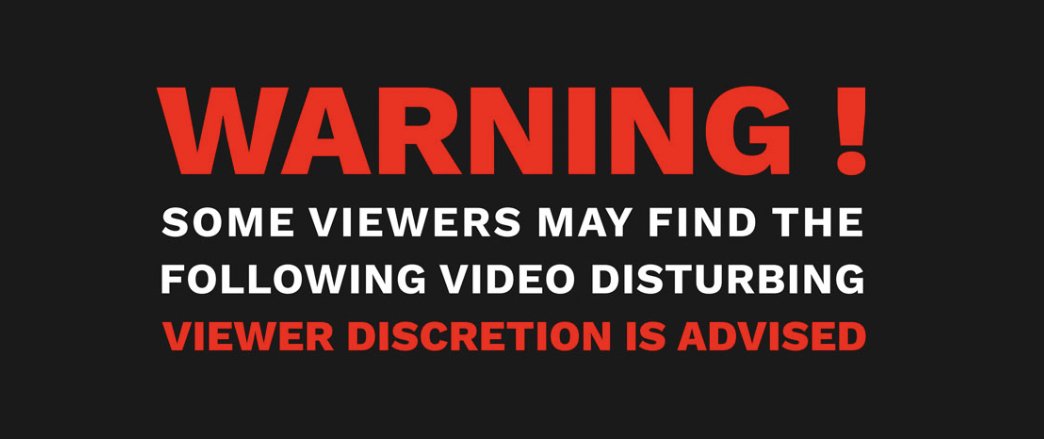Here’s another one from Variety writer Clayton Davis. He’s triggered about the lack of trigger warnings for films at this year’s Cannes Film Festival. You can’t make this stuff up.
He points as an example to follow Jessica Hausner’s “Club Zero,” which starts with a trigger warning stating that the film features scenes regarding eating disorders.
You’ll have a few attendees here, who have seen the film, tell you that the warning stamped before Hausner’s film was a tongue-in-cheek one. I believe Hausner did it to set the themes of her movie, which tackles youth culture’s groupthink conformity.
This practice should become the norm for content, whether movies or television. Not only should an advisory be shown at the beginning, but marketing departments should brainstorm ways to include it on posters, trailers and other campaigns. We, and studios, cannot rely solely on the MPAA rating system to inform viewers of brutal scenes that could be triggering.
Good God. I might have needed a trigger warning for Clayton’s article. He also messes up the fact that Hausner is Austrian, not Australian.
There has to be sensitivity and compassion for those who may require it
Fact: people who need trigger warnings before a movie begins probably need to spend time in therapy rather than watch a movie. We aren't children. There are rating systems for a reason.
Imagine having a sign outside of an art exhibit listing all the things you may or may not interpret by what you see inside instead of going in and seeing it for yourself. It dilutes the art.
Does Clayton fear challenging art? People need to learn how to process what they see and understand that, at the end of the day, artistic expression isn't hurting anybody.
Whether it's imagery, subject matter — we cannot just bend to a small percentage of viewers' hang-ups and plaster everything you're about to see before you actually see it just so you know it's okay that you can see it.






